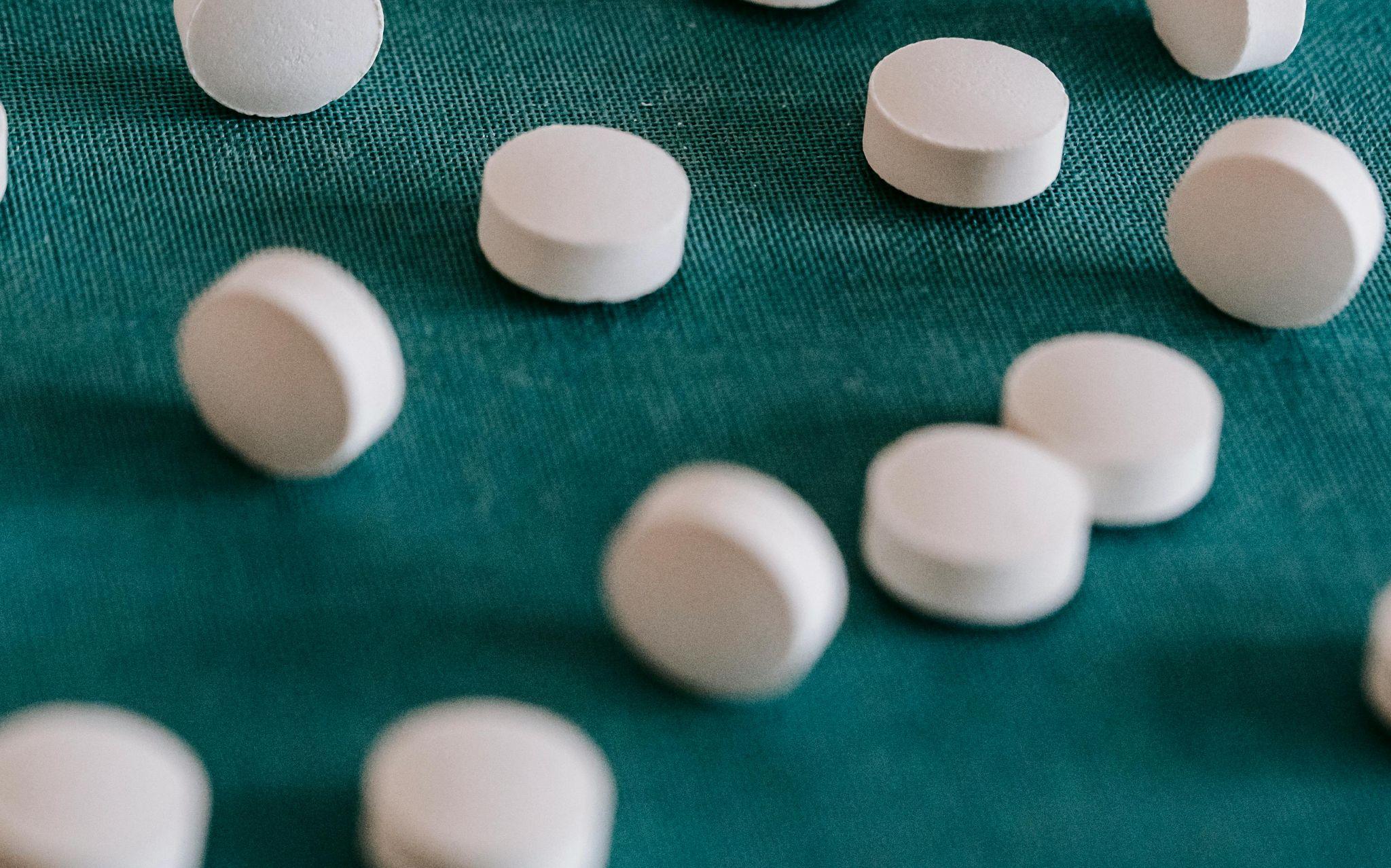The pharmacokinetics of Low Dose Naltrexone (LDN) and its duration in the human body is a topic of profound clinical interest, given its wide therapeutic applications. The presence of LDN in the system, typically detectable up to 24 hours post-administration, is influenced by an array of factors such as metabolic rate, health status, and dosage consistency. However, it invites further exploration into how these factors interact to determine individual retention times and the implications of potential LDN accumulation in the body over time.
Understanding Low Dose Naltrexone
Low Dose Naltrexone, often abbreviated as LDN, is a medication typically used in the treatment of certain autoimmune diseases, central nervous system disorders, and various cancers. It’s an off-label prescription that has been gaining traction in the medical community due to its low dose benefits and minimal side effects. However, to fully comprehend its potential, it is vital to understand LDN’s mechanism of action and the role it plays in immune modulation.
LDN works primarily by modulating the immune system. It does this by temporarily obstructing the body’s opioid receptors, which has been shown to upregulate endogenous endorphins. These endorphins play an important role in regulating the immune system and maintaining its balance. This immune modulation is believed to have profound effects on a myriad of autoimmune and inflammatory conditions, providing significant relief to patients.
LDN’s Journey Through Your Body
Upon administration, LDN initiates a complex journey within the human body. It is first introduced into the body orally, where it quickly begins the absorption process within the gastrointestinal tract. The degree of absorption can be influenced by various factors, including the individual’s metabolic rate and the presence of other substances in the body. Once absorbed, LDN enters the bloodstream where it is transported to various organs and tissues.
Here, it primarily acts on the opioid receptors in the brain, blocking the effects of opioids and endorphins. This action is what makes LDN effective in managing conditions such as autoimmune diseases, chronic pain, and certain cancers. The liver plays a significant role in metabolism, converting LDN into its metabolites, which are then ready for elimination mostly through the kidneys. These metabolites are excreted in urine, completing the elimination pathway.
Factors Impacting LDN Retention Time
How long does Low Dose Naltrexone (LDN) remain in one’s system? The answer is not straightforward as various factors like metabolism variations and dosage effects influence retention time. Each individual has a unique metabolic rate, determined by factors such as age, weight, sex, and health. A person with a faster metabolism will typically process and eliminate LDN quicker than someone with a slower metabolism. Conversely, certain health conditions slowing metabolism may lead to extended retention.
Dosage effects also impact LDN retention time with higher doses taking longer to metabolize and eliminate compared to lower doses. This is because a larger quantity of the drug requires more time for processing. Consistent LDN usage can lead to accumulation in the body, prolonging retention time.

Final Thoughts
In conclusion, the duration Low Dose Naltrexone remains in the system is contingent upon several variables such as metabolic rates, health status, and dosage. Typically, it can be identified within the body for approximately 24 hours. However, individuals with slower metabolic rates and consistent usage could experience an extended retention period. Further research is required to fully understand the pharmacokinetics and pharmacodynamics of LDN, potentially leading to more personalized treatment plans in the future.
At Altitude Recovery, we’re here to elevate you from the challenges of substance use to a place of lasting resilience and renewal. Our dedicated team crafts personalized, evidence-based treatment plans through our comprehensive treatment services, guiding you on a journey uniquely tailored to your needs and goals. For those requiring intensive care, consider our residential inpatient program. Reach out for the compassionate support you deserve on your path to wellness by contacting us. Follow us on Facebook for more insights, resources, and stories of hope as we walk alongside you towards recovery.
Frequently Asked Questions
Can Low Dose Naltrexone Interact With Other Medications I Am Taking?
Yes, Low Dose Naltrexone (LDN) can potentially interact with other medications. It’s essential to inform your healthcare provider about all medications you’re taking for effective medication management. The potential for drug interactions depends on several factors, including the specific medications in question. Consequently, a thorough consultation with your healthcare provider is necessary to evaluate potential interactions and determine the best course of action for your specific needs.
Are There Any Potential Side Effects of Using Low Dose Naltrexone?
Low Dose Naltrexone (LDN) can cause potential side effects, although they are typically mild and transient. These may include insomnia, vivid dreams, or mild gastrointestinal issues. Importantly, LDN is not associated with tolerance development, meaning the body doesn’t become used to the drug and require increasing doses. Nor does it cause withdrawal symptoms when stopped, unlike opioids. As with any medication, individual reactions can vary. Always consult a healthcare professional for advice.
Is Low Dose Naltrexone Safe for Long-Term Use?
Low Dose Naltrexone (LDN) is generally considered safe for long-term use. Its safety profile is well-established, with few side effects reported in long-term studies. However, it is essential to acknowledge that everyone’s body reacts differently to medication. Consequently, while LDN may have minimal long-term effects in some individuals, others may experience side effects. Regular monitoring by a healthcare professional is recommended to guarantee the medication’s efficacy and safety over time.
Does Low Dose Naltrexone Have Any Impact on Pregnancy or Breastfeeding?
Low Dose Naltrexone’s impact on pregnancy and breastfeeding is an area needing more research. Presently, limited data suggests potential risks and it’s generally not recommended for these groups. Regarding pregnancy safety, animal studies indicate potential harm, but human studies are lacking. For breastfeeding, effects are unknown but caution is advised. Each situation requires individual assessment, considering benefits and potential risks. Always consult a healthcare provider for personalized advice.
Is There a Specific Time of Day That Low Dose Naltrexone Should Be Taken?
Low Dose Naltrexone (LDN) does not have a specific time of day for administration. However, many healthcare professionals recommend incorporating it into a consistent morning routine for best absorption and adherence to dosage timing.




